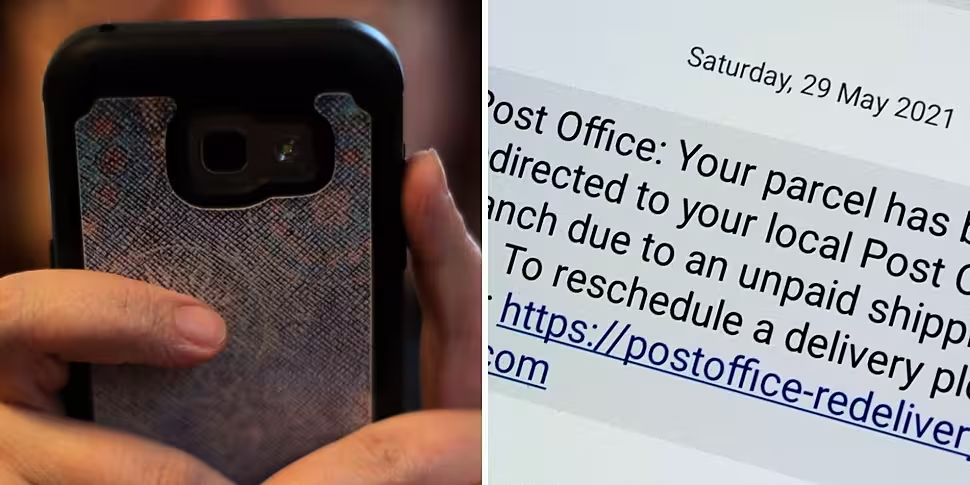There are some “fairly basic” rules to follow if you want to avoid getting scammed, a leading consumer affairs expert has said.
Not so long ago, scams were usually just badly spelt emails from African princes offering to share wealth and riches with the recipient.
In recent years, scams have evolved significantly and Irish Times Consumer Affairs Correspondent Conor Pope said people should always be cautious.
“It’s pretty grim… be suspicious of almost everything,” he told The Pat Kenny Show.
“The reality is the scammers have become far more sophisticated.”
Nowadays many scams come in the form of a text message, asking people to follow a dodgy link and pay money for a fine or charge.
“All listeners are probably being bombarded with texts claiming to be from An Post or DPD or claiming to be from Revenue or claiming to be from whoever it might be, asking for personal information, asking you to follow links,” Mr Pope said.
“If you talk to any legitimate union, be it a bank or a credit union, be it a delivery service, be it Revenue, they always say they will never, ever ask you for personal information via a text message or an email.
“They will never send you an unsolicited link asking you to follow it to put in any kind of personal information.
“So, that’s a complete no, no and that is the first big red flag.”
 Phishing / scam email, purporting to be from Apple claiming that the account has been disabled and asking user to log in to reset password (Josie Elias / Alamy Stock Photo)
Phishing / scam email, purporting to be from Apple claiming that the account has been disabled and asking user to log in to reset password (Josie Elias / Alamy Stock Photo)Until recently, the technology to send scam text messages en masse did not exist but now it can be downloaded very cheaply from the dark web.
“What they do is they send out tens of thousands, if not hundreds of thousands of messages every single day,” Mr Pope said.
“They’re bound to strike gold every now and again with someone who was anticipating or expecting a message from that particular company.”
Advice for victims
Gardaí advise anyone who is unsure whether the communication they have received is genuine or not to contact the company it purports to come from.
They also suggest anyone who has been a victim of a scam to contact their local station and bring with them any emails, text messages, your account details and any other relevant information.
You can listen back here:
Main image: Split of a woman using her mobile phone, and a scam text message seen on a smartphone screen









